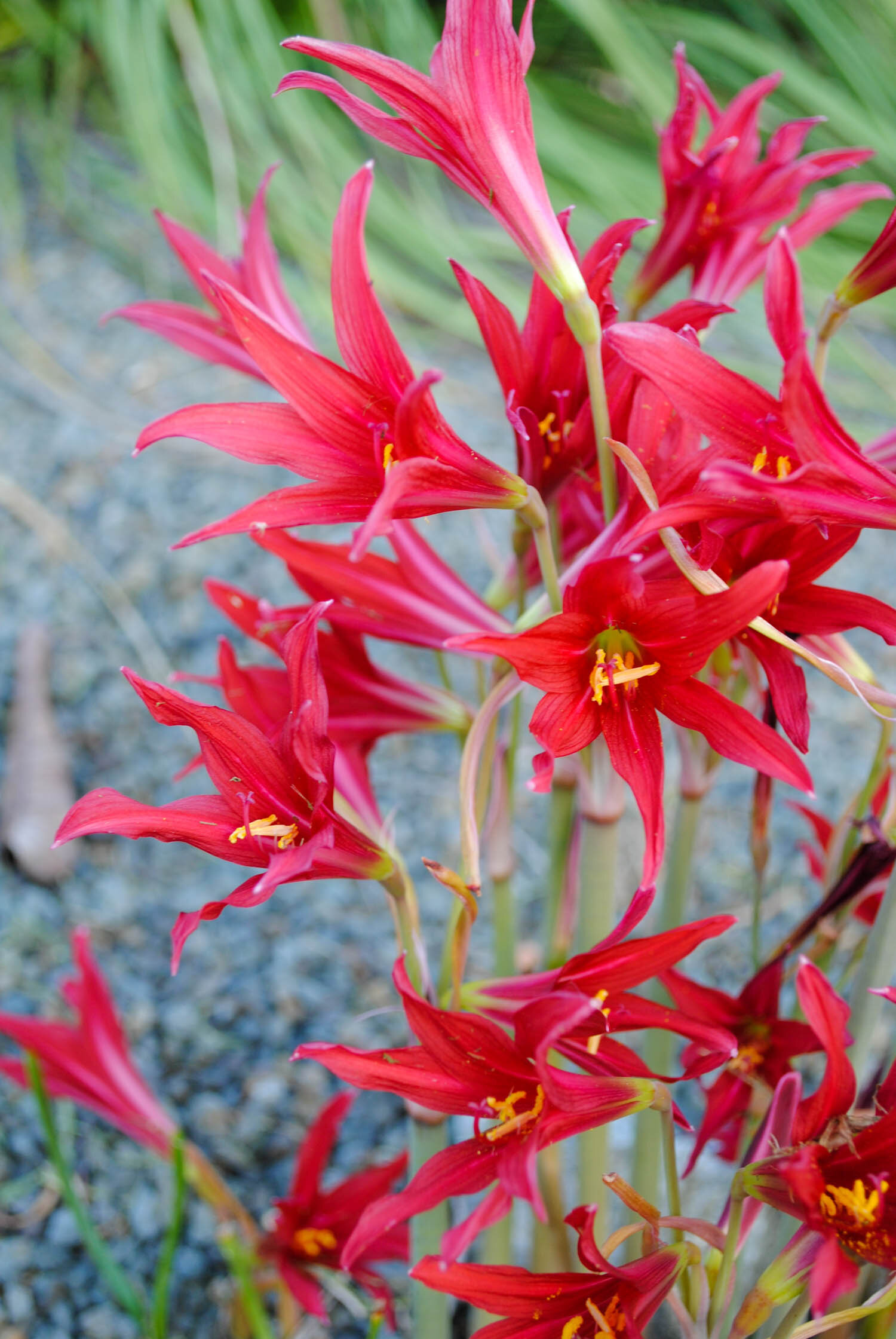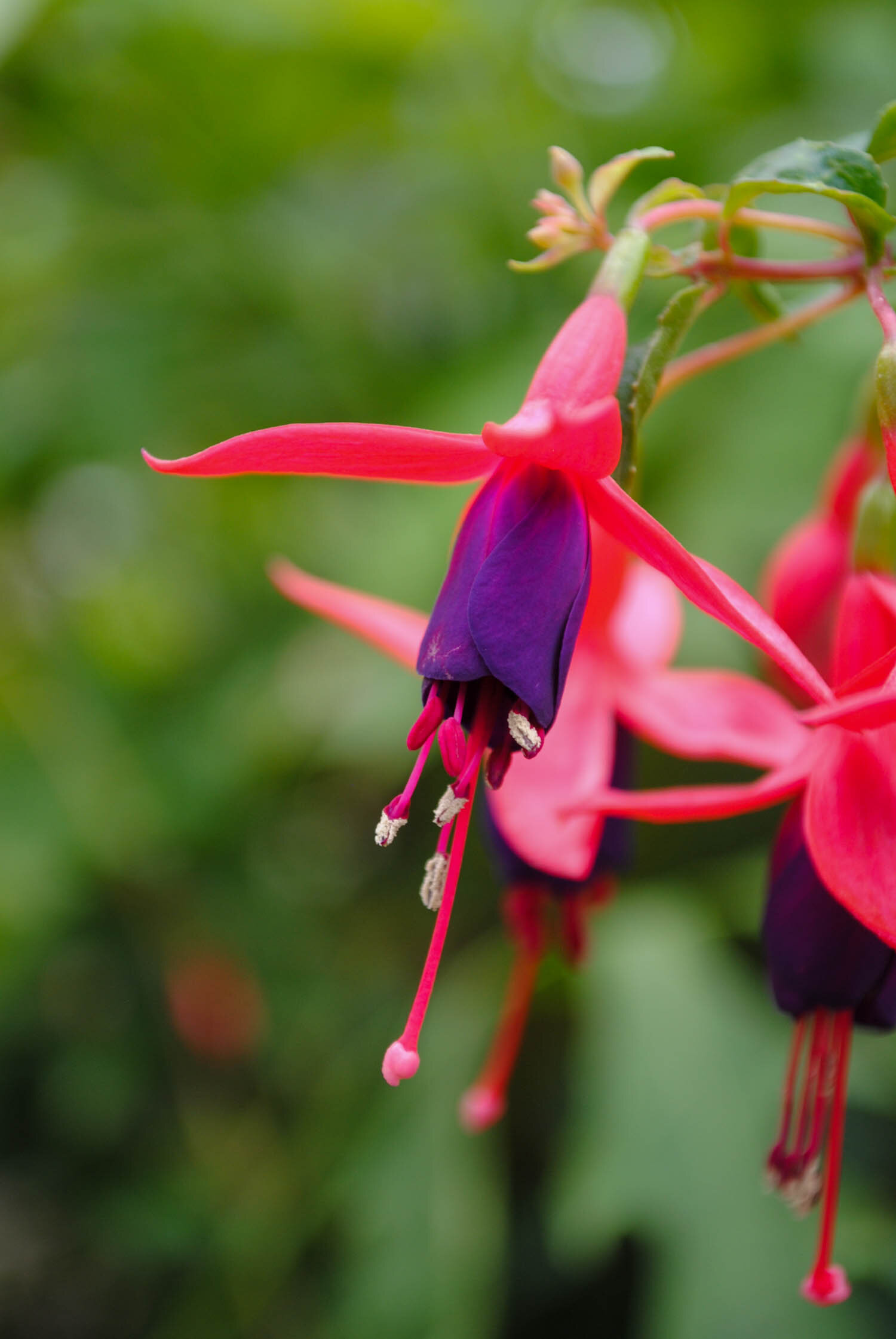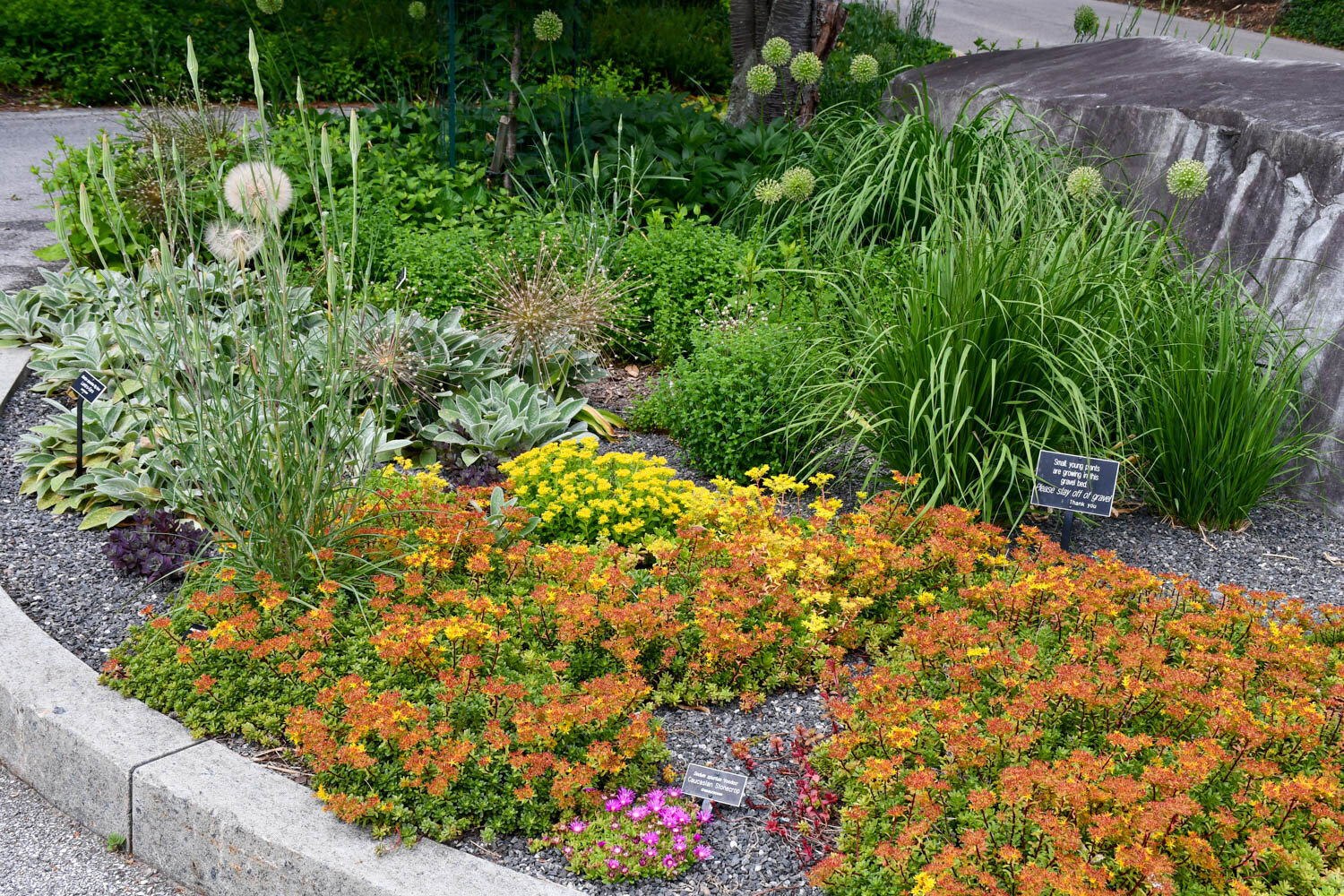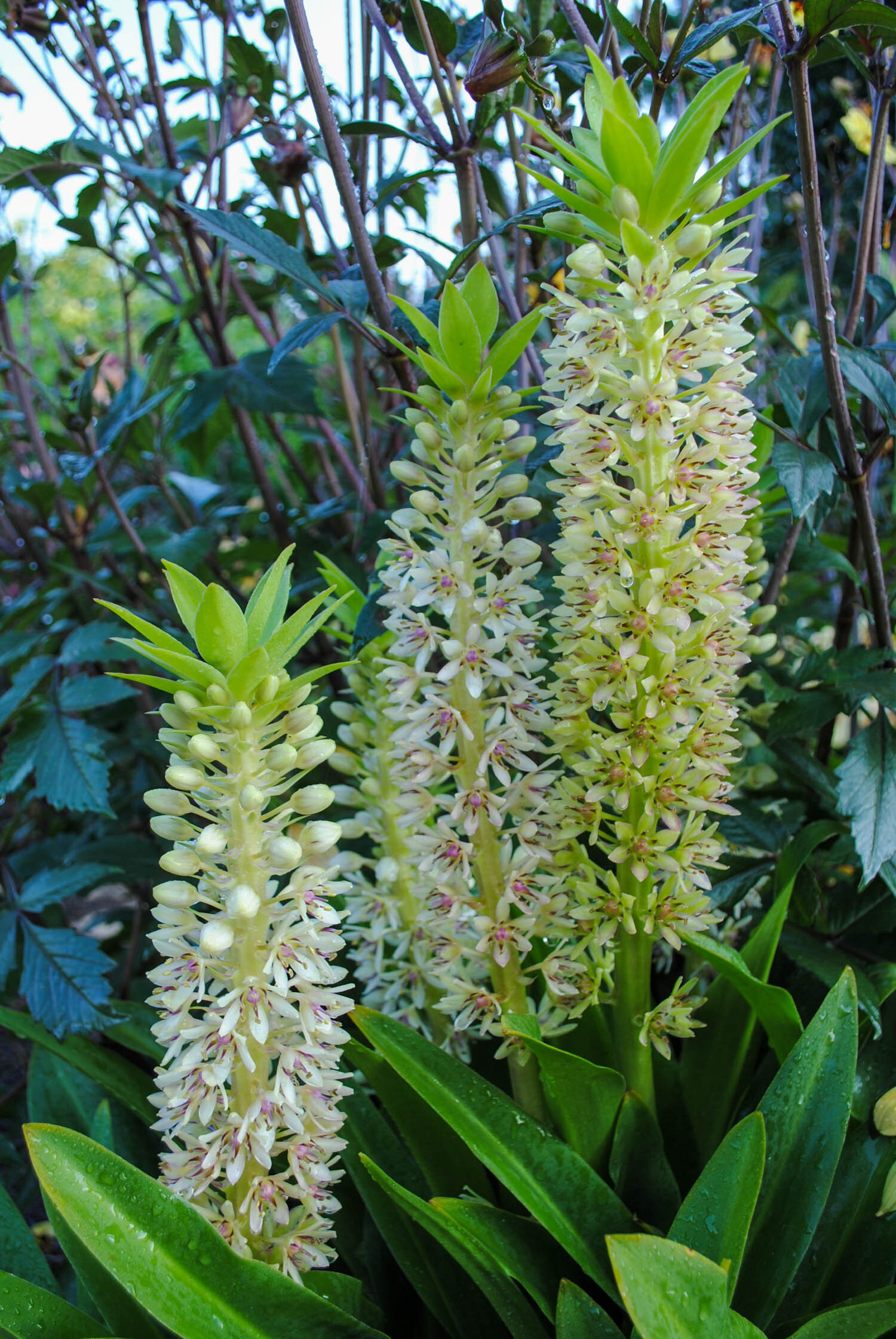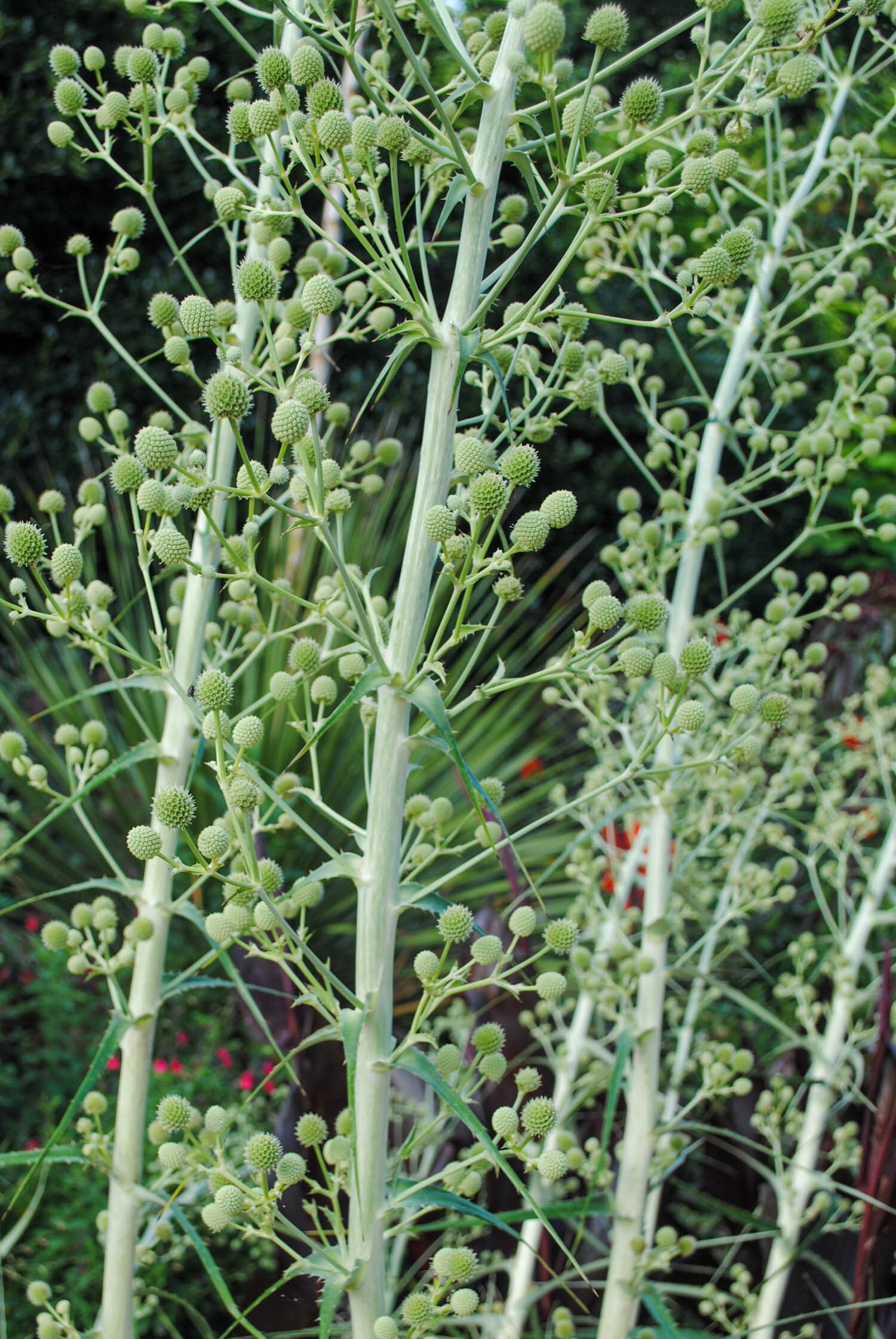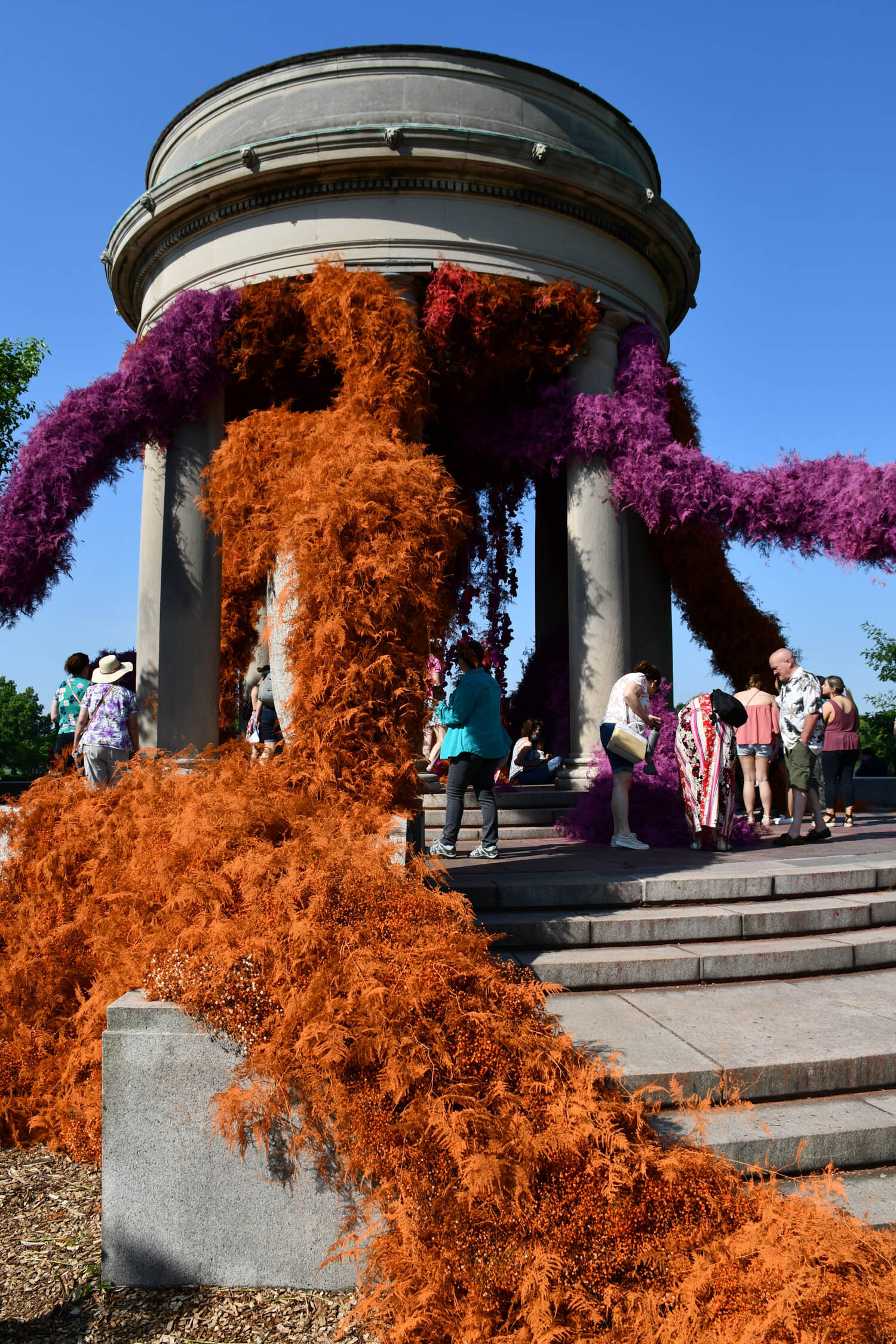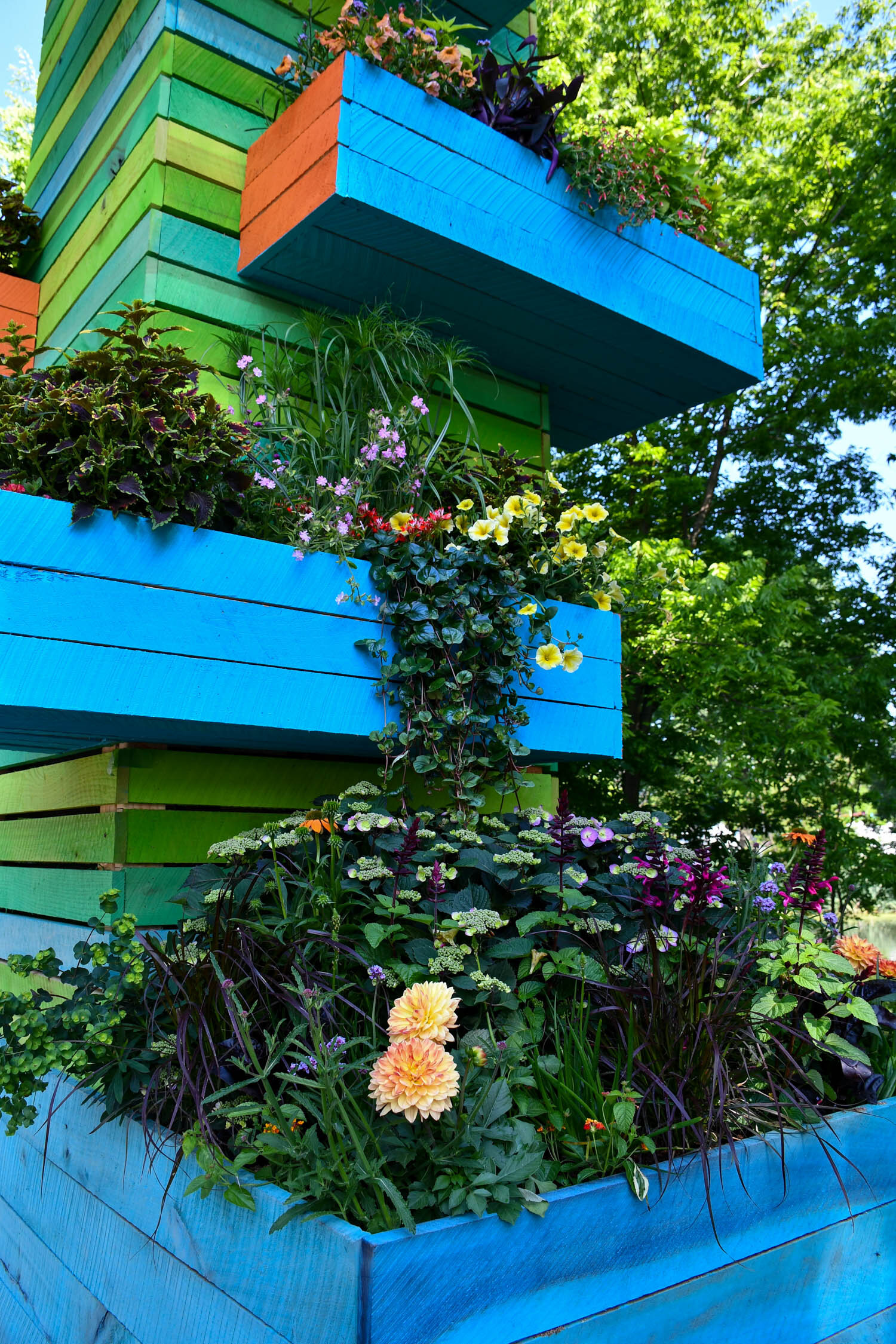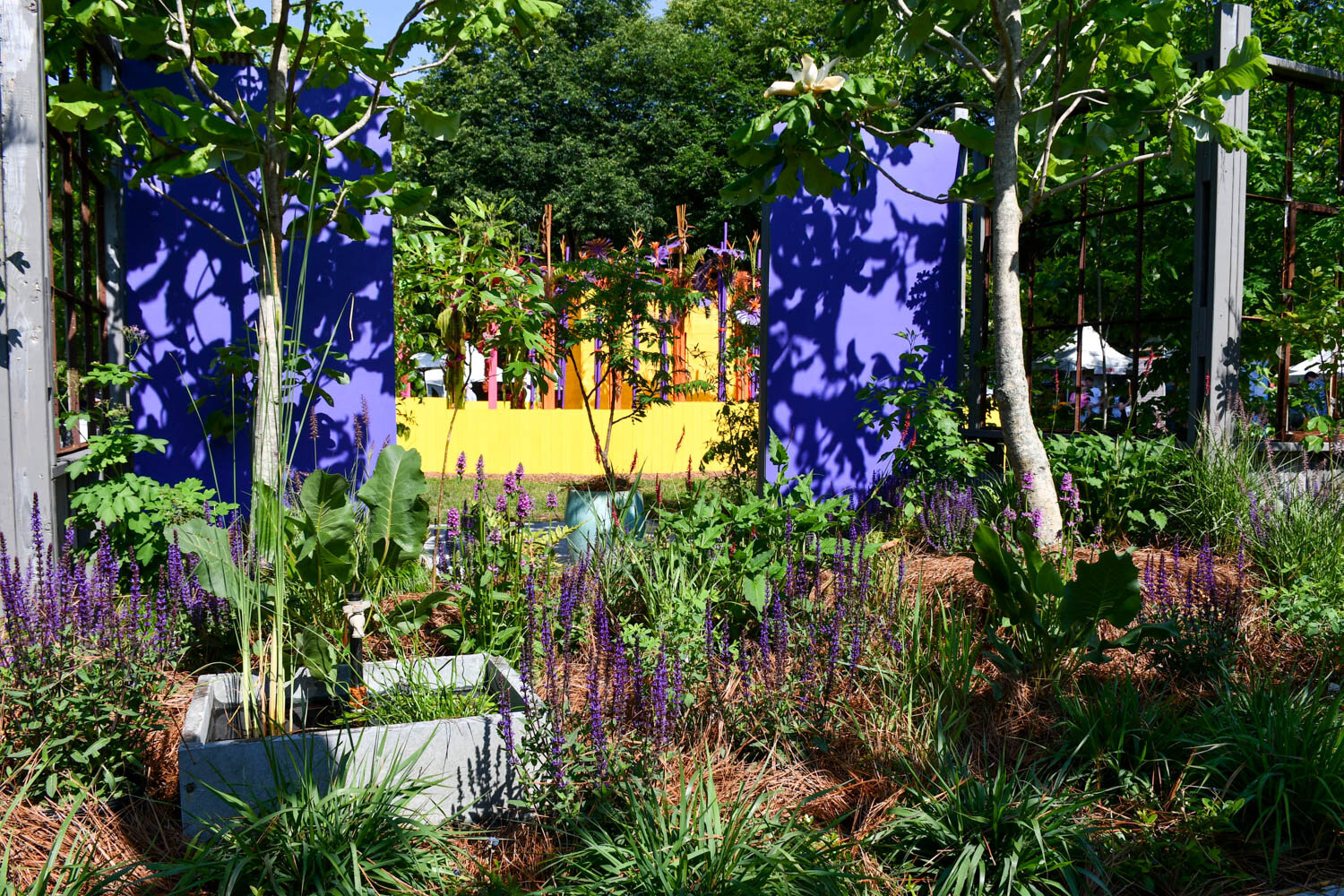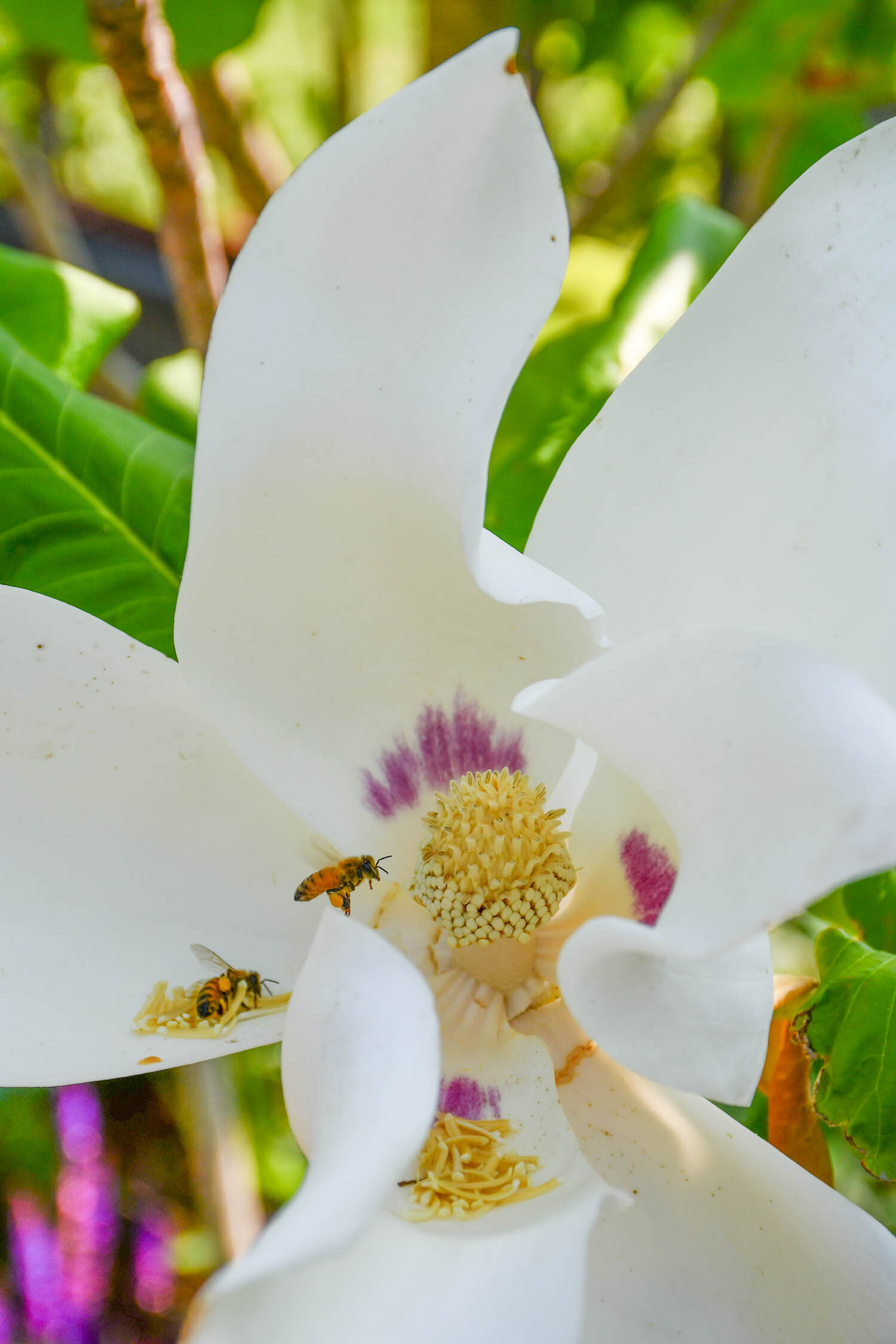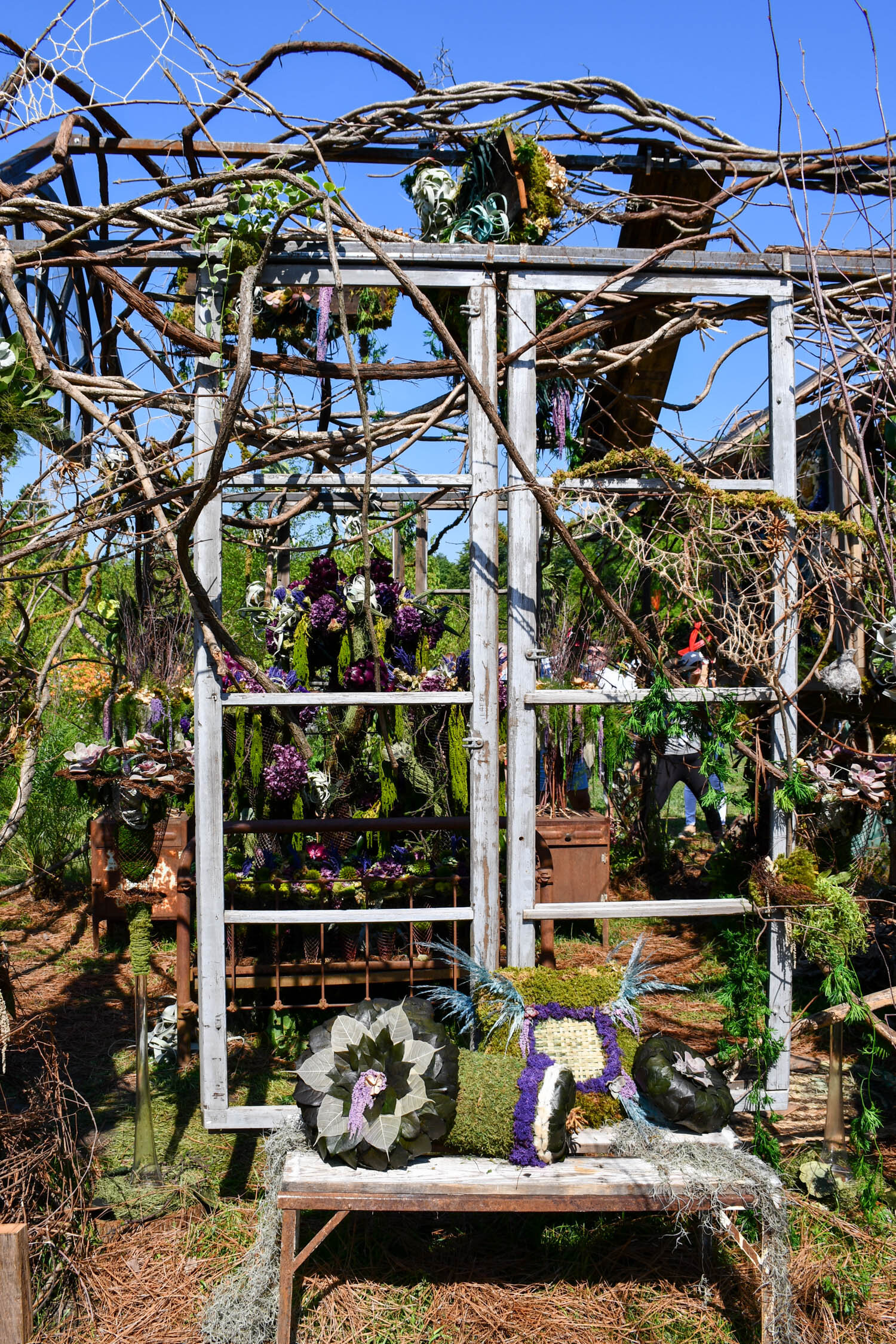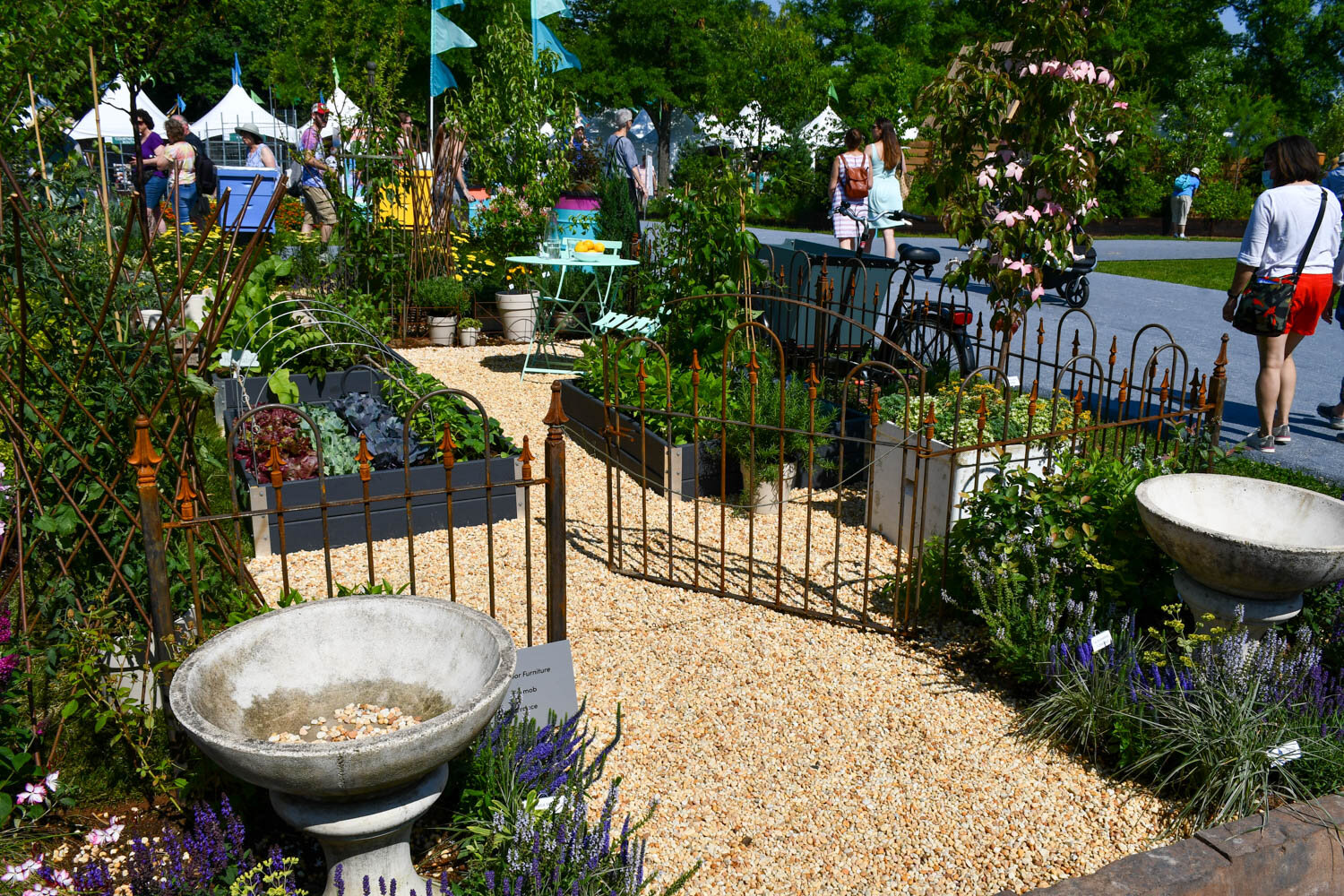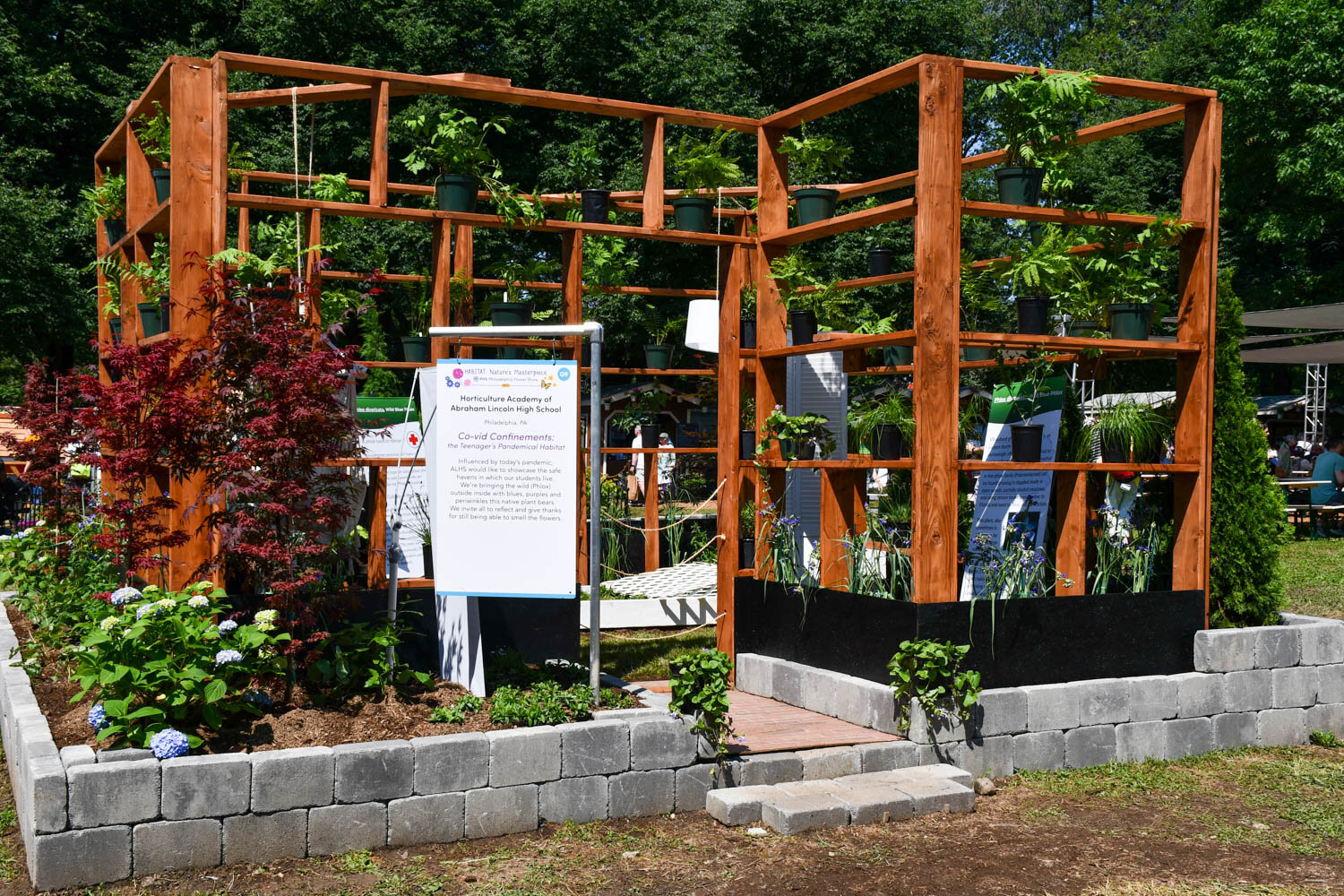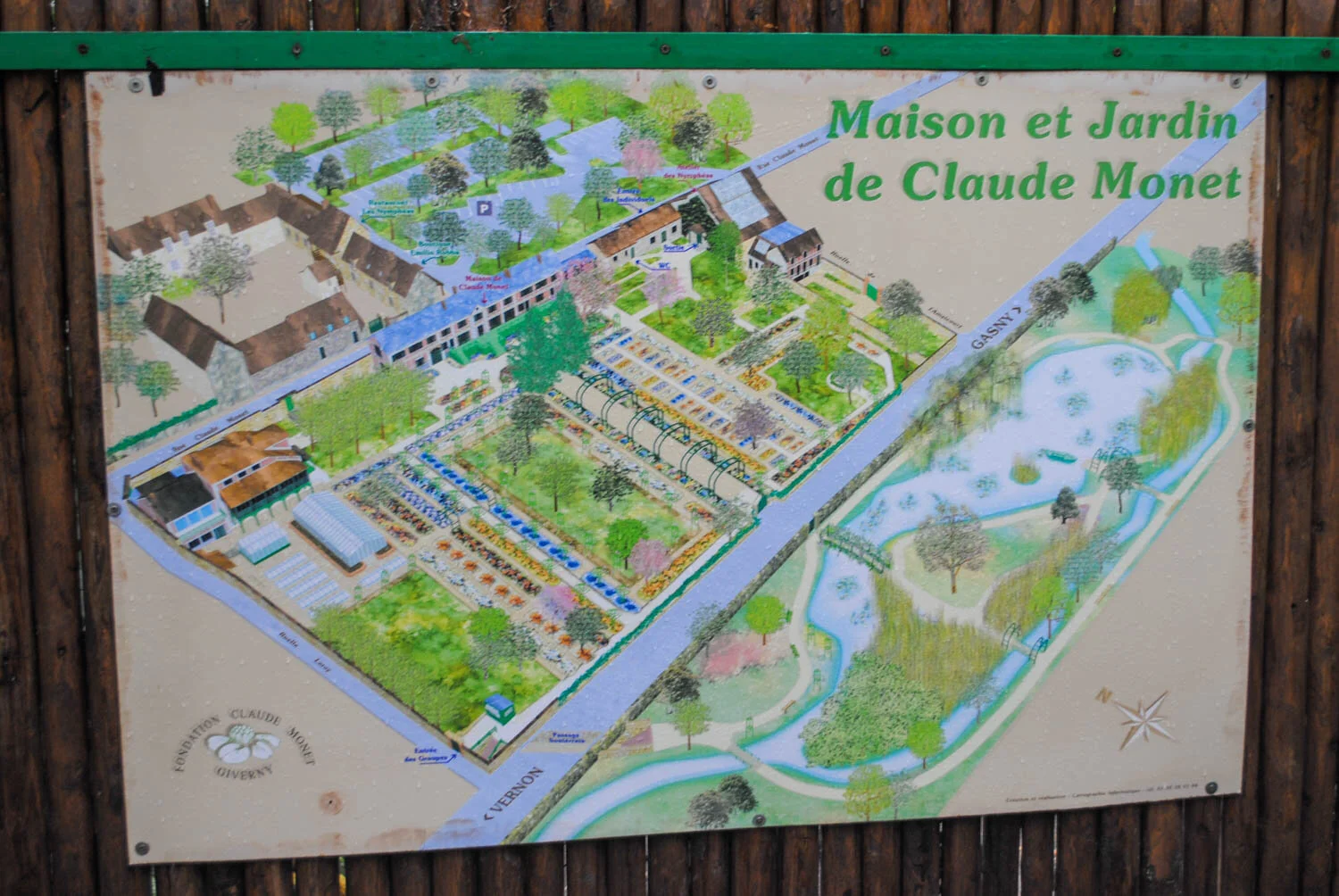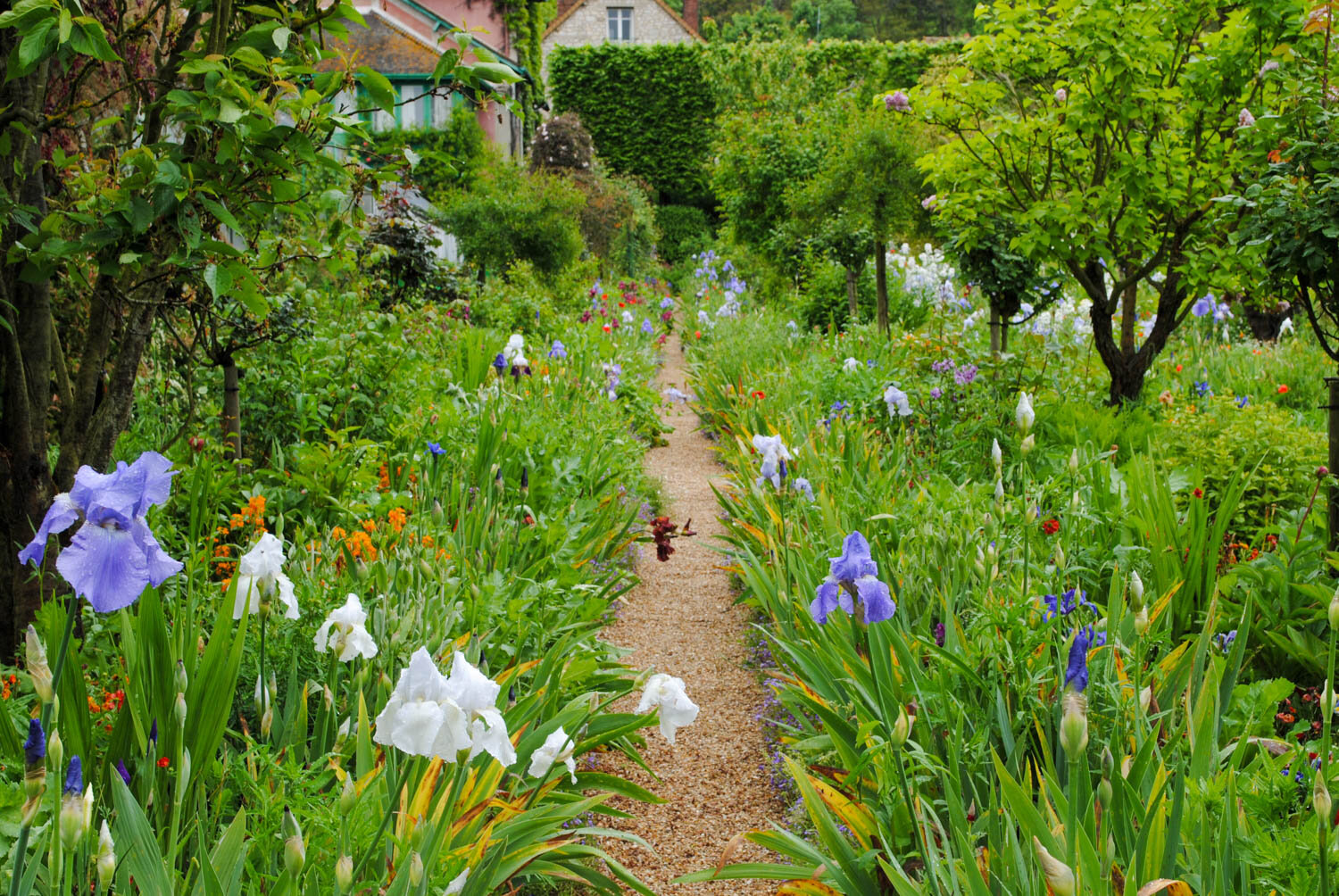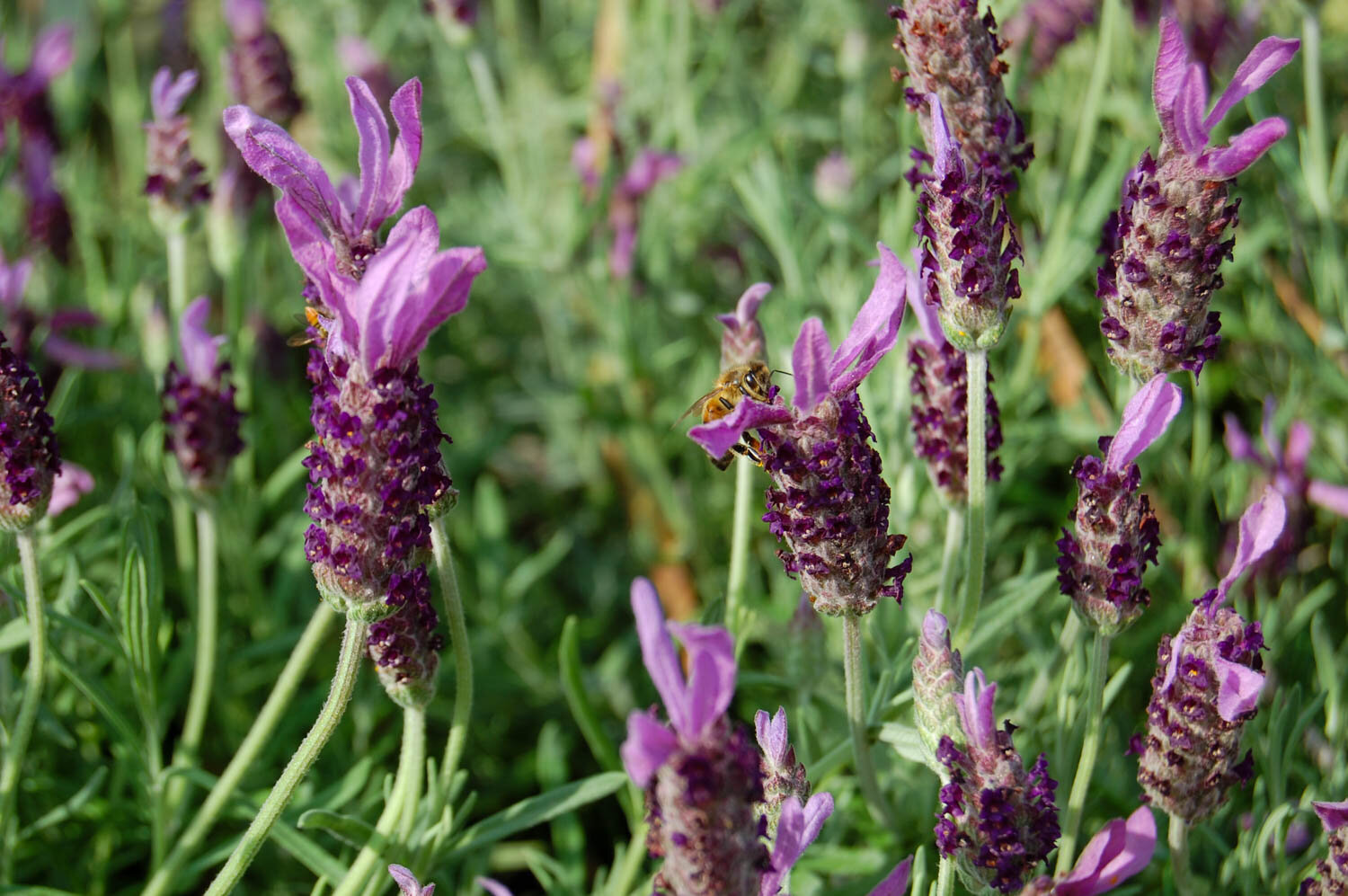This post is 9 of 12 of a series I’m doing this year reflecting back on some of my favorite plants from visiting the JC Raulston Arboretum while attending graduate school at NC State in Raleigh NC.
This week we left September behind, and I had fun sorting through photographs from the JC Raulston Arboretum. Each year when I went out to take these photos, school would have just started back, and it was a nice break to get out in the garden and witness the shifting seasons from summer to fall. Enjoy these photos and great plants from my time in Raleigh.
Passiflora 'Purple Haze' blooms with its sensational flowers. I love how Passiflora are a host to Gulf fritillary that we see buzzing our flowers in fall.
I was delighted to see Symphytum × uplandicum 'Axminster Gold' at the arboretum in the lath house. I figured it would burn in the south, but the foliage was quite clean and colorful.
Callicarpa americana 'Welch's Pink' is a wonderful pink fruited selection of our native beautyberry that was discovered by SFA graduate Matt Welch. The JCRA website notes that seedlings tend to come true to type, indicating this mutation is likely stable and not the result of hybridization.
Butterfly gingers smell spectacular throughout the summer, and in September their bloom begins to wind down as we head into fall. Here, the coral colored flowers of Hedychium 'Elizabeth' are still hanging on.
I loved watching the flower bud of Musella lasiocarpa develop over the summer at the arboretum. It looked so freaky with all the sheathing leaves until…
…it exploded into flower. Musella lasiocarpa really is an amazing ornamental banana with its giant inflorescence.
The arboretum featured a collection of rainlilies like this Zephyranthes ‘Bangkok Yellow’. I always delighted in seeing them bloom, roughly five days after a rain.
One day, I noticed that this Zingiber mioga 'Silver Arrow' had some fallen flowers at its base. I knelt down to investigate, and I discovered that these were actually flowers emerging from the plant! It was such an interesting adaptation seeing the blooms at ground level.
Here’s a close up of the flowers of Zingiber mioga 'Silver Arrow' that emerged from the ground.
If you are looking for variegated tropical foliage, Curcuma petiolata 'Emperor' fits the bill. It looks like it has been streaked with a white paintbrush.
Most people know Chlorophytum as the variegated, low growing spider plant. But, I loved this upright Chlorophytum colubrinum that sported flowers in autumn.
How can you not love the smoky pink and teal flowers of Polinathes (Agave) howardii? It is such an unusual color combination to see in a tubular flower.
I admired the voluminous inflorescences of Kniphofia rooperi. This species is a later flowering form of red hot poker.
Rhodophiala bifida is a bulb I have gotten to know well after moving to Texas. Oxblood lily blooms after our first rain in autumn, usually as a herald to the emergence of Lycoris.
Lycoris albiflora emerges from herbaceous froth in the white garden at the arboretum.













